Barite
Barite or baryte is a mineral containing barium sulfate. Its name is originally derived from the Greek word “barys” meaning “heavy”. This mineral belongs to the Barite Mineral Group along with anglesite, celestine and anhydrite. It has quite a beautiful appearance. This mineral ore is also known as Heavy Spar, Barytine, Schwerspath, Barytite and Baryte. It is the main source of barium. Aggregates of barite and sand is called rose rock which appears reddish in due to its iron content. It’s commonly known as barite rose.
Barite Distinguishing Characteristic
The unusually high specific gravity of this light colored mineral is the main distinguishing feature. It can also be identified by its insolubility in acid. It can be distinguished from anhydrite and celestite by its orange fluorescence and the green flames that results in flame tests. Its crystal shape, cleavages and lack of fluorite fluorescence differentiate it from fluorites.
Barite Composition
This barium sulfate mineral contains:
Barium oxide (BaO): 65.7%
Sulfur trioxide (SO3): 34.3%
Barite Chemical Formula
The chemical formula for this mineral is BaSO4.
Barite Properties
Here are some basic properties of this material:
Appearance: It has a transparent crystalline appearance.
Color: Its color may vary from colorless to white and light shades of yellow, blue, brown and grey.
Molecular Weight: The molecular weight of this material is 233.4 grams per mole.
Density: The density of Barite is 4.48 g/ cm3.
Solubility: It is almost insoluble in water.
Crystal System: It has orthorhombic crystal system.
Crystal Habit: Tabular parallel to base, fibrous, nodular to massive
Fracture: It has irregular and uneven fracture.
Hardness: The hardness of this mineral ranges between 3 and 3.5 on Mohs scale.
Luster: Barite crystals have vitreous pearly luster.
Specific Gravity: The specific gravity of Barite is somewhere between 4.3 and 5.
Streak: It has white streak.
Tenacity: The tenacity of this crystalline mineral is brittle.
Diaphaneity: It has transparent to opaque diaphaneity.
Optical Properties: Biaxial positive
Refractive Index: nα = 1.634–1.637; nβ = 1.636–1.638; nγ = 1.646–1.648
Birefringence: 0.012
Fusibility: It has fusibility of 4. It produces yellowish-green barium flames.
Barite Mineral Ore Location and Mining
It occurs in various depositional environments being deposited through a number of processes like hydrothermal, biogenic, and evaporation. Barite is commonly found in hot spring deposits and lead-zinc veins of limestone. It is frequently found along with hematite ore. This mineral has also been found in meteorites.
It is found in various regions of the US including Cheshire in Connecticut, De Kalb in New York, New Mexico, Tennessee, Georgia, North Carolina, Nevada, Virginia, Missouri, and Kentucky. Barite is found in Baia Sprie in Romania, Westmoreland, Cornwall, Cumberland, Derbyshire, Durham, Perthshire and Surrey in the UK and also in India, China, Peru, Canada, Morocco, Turkey, Ireland, Thailand, Iran, Greece and Brazil. It is found in Barberton Mountain Land in South Africa.
The leading Barite producing countries are (production in thousand tonnes, in 2010):
- China (3,600)
- India (1,000)
- United States (670)
- Morocco (460)
- Iran (250)
- Turkey (150)
- Kazakhstan (100)
Barite Associate Minerals
This sulfate mineral is often associated with other minerals such as anglesite and celestine.
Barite Uses
This mineral ore has many important industrial and commercial uses such as:
- A major amount (77%) of the total Barite found is used as weighting agent for drilling muds. The non-magnetic properties of this material make it more useful for this purpose as it does not interfere with the magnetic measurements of the borehole during the whole process.
- Blue, black, gray or brown Barite is widely used for petroleum well drilling. The applicable Barite color is selected depending on the ore body.
- This is the main ore of barium metal.
- It is also used as paint and plastic filler.
- It is applied for sound reduction in various engine compartments.
- This mineral is used for making smooth and corrosion resistant coat of trucks and automobiles.
- It is used in radiation shielding cements and glass ceramics.
- This mineral also has medical applications. It is used for a barium meal or an upper gastrointestinal series before doing a contrast CAT scan.
- This mineral was used for producing barium hydroxide for the purpose of sugar refining.
- Historically it was also used as a pigment for paper, textiles, and paint.
Barite Price and Availability
There are numerous suppliers of Barite mineral all around the world. These crystals are also available online. The price of the product depends on the amount of processing.
Barite is considered to be among the most useful minerals having various industrial applications. Its wide availability makes it more suitable for different purposes.
- References
- http://www.answers.com/topic/barite
- http://www.mindat.org/min-549.html
- Geologyscience.com
- Geologyscience.com
- http://www.handbookofmineralogy.org/pdfs/baryte.pdf
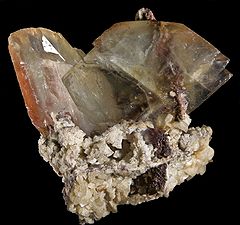
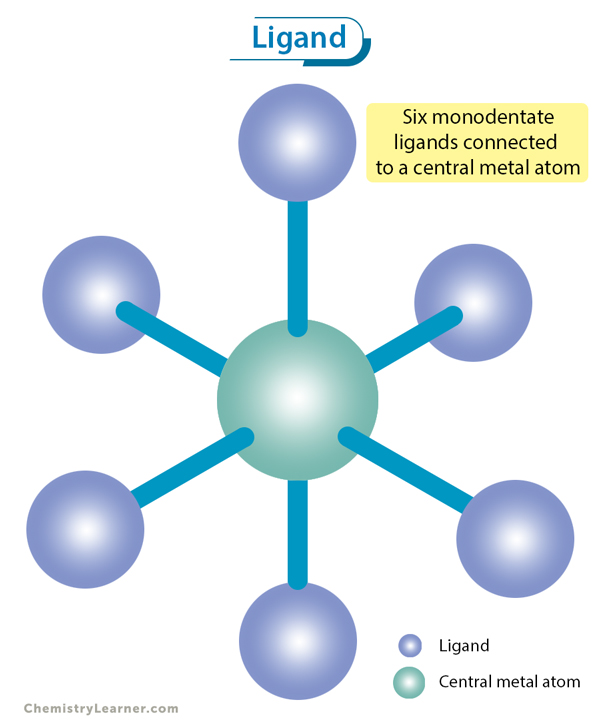
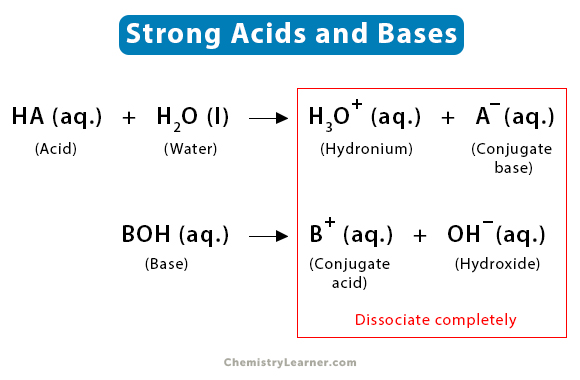
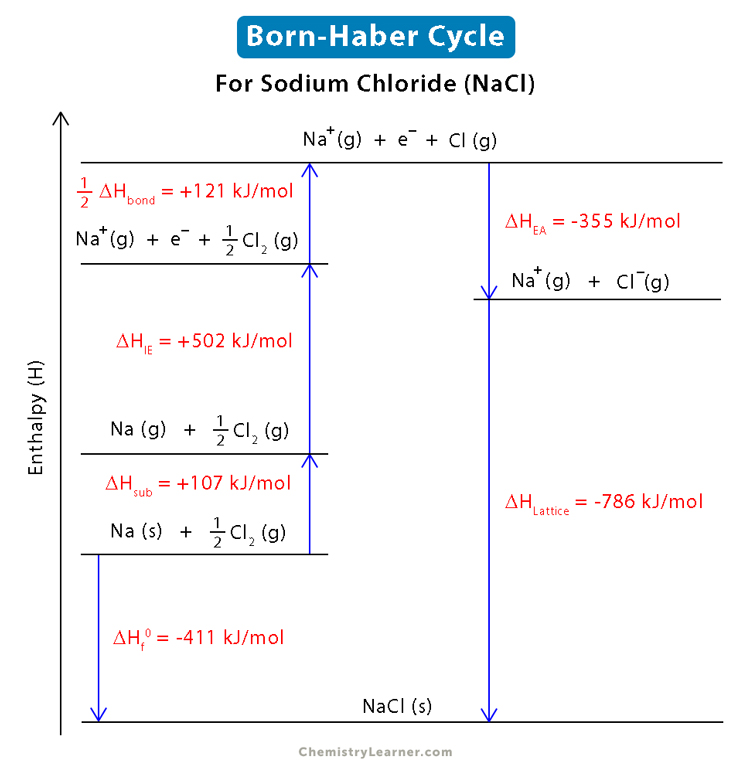
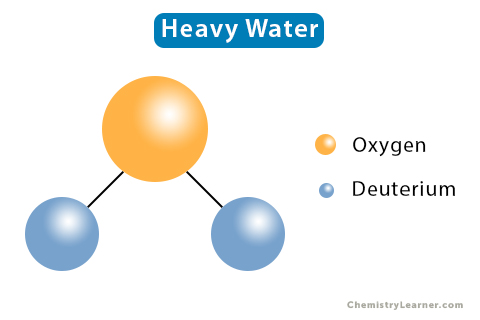
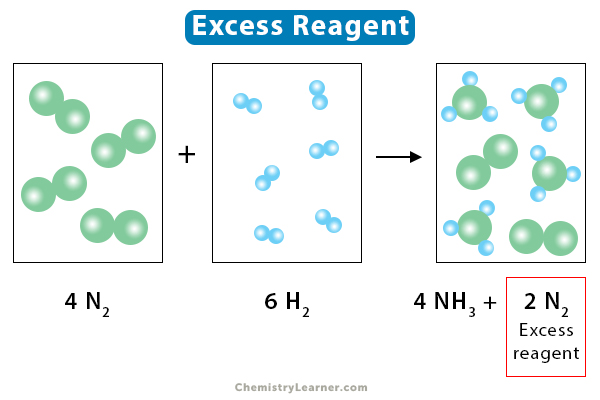
Very informative & precise.Arun Choudhary.